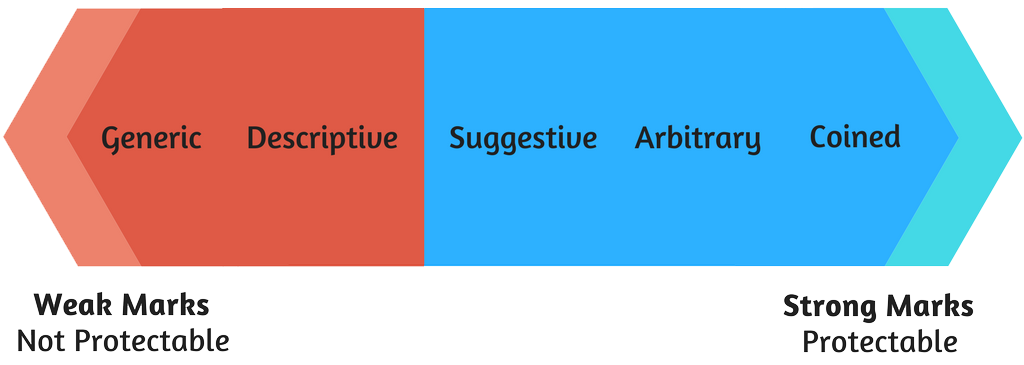
Why It’s Time For a New Marketing Paradigm
A few years ago, I was working with a marketing team at a large tech company. We were re-envisioning how the team would collaborate with the product group. It was clear to me that these highly skilled, highly educated marketers had been reduced to being order takers. Morale was low; they were facing a reorganization and being asked to justify their existence.
One day, while we were workshopping a mission for the group, there was a security crisis on the product platform. All eyes were upon them to respond with damage control. I watched as the team panicked. They were frozen. They had no playbook for this scenario.
This surprised me. How could a company so seemingly sophisticated not have a defined role for marketing in crisis? But as I pondered it more, I realized it actually made sense. Since there was no clearly defined identity for marketing in the company, how could there be a defined role for them in this situation? My heart ached at their helplessness, and I also recognized their situation was symptomatic of a larger problem.
Disempowered Tacticians
It’s no secret that marketing is often considered a tactical function in Silicon Valley, and is charged with acting more like a project management team to get products into the market than a strategic function. There is a common sentiment that anyone with a computer can do this – no marketing background needed. Take that smart developer with a flair for graphic design and rebrand them as a “growth hacker.” They game the algorithms with word and design combinations without a thought for user experience, brand ethics, or relational integrity that might lead to a longer-term, more trusted relationship with prospects.
Sales and product leaders struggle to figure out how to partner with marketing. Since there is no clear definition for the organization, let alone an engagement model – all too often, the marketing team shrinks from conflict, fails to take a stand, and becomes disempowered.
This not only impacts morale, but can have a massive impact on the success or failure of customers’ experience of the brand. How could people who have access to customer behavior data, own the media channels, and are counted on to engage consumers, be so afraid to lead? Don’t they know that what they create matters not only to the health of the businesses they serve, but more importantly, to the community of customers, partners, and stakeholders that benefit from their company’s presence in the world?
Bad for the Heart and Soul
Maybe not. Marketing leaders, overwhelmed by the complexity and visibility of their jobs, often become scapegoats for any number of issues across the organization. Their peers in sales, or product, confident in their belief that they are the ones responsible for the company’s success, overpower them with their opinions. And so the marketing organization meekly accepts its order taking role.
Assuming this role is bad for business, and it’s bad for the heart and soul of marketers as people and professionals. Burnout is rampant. Tone-deaf marketing is a scourge on our markets and an insult to our customers. Sure, part of the blame sits in the C-suite, but marketing also has to accept responsibility for the way we present ourselves to the business and act on behalf of customers.
Is your marketing organization your company’s secret weapon or the dumping ground for frustration and blame when growth is slow? Is the CMO the go-to for insights that keep the company in tune with emerging market conditions and cultural change? Or does your marketing team squander their creative energy justifying results; responding to conflicting demands; hacking together a disjointed customer experience from a needlessly complex mix of touch points, all while trying to keep a team engaged amidst the pressure to drive short-term growth? If your answer is “yes,” it’s time to take a look at how your team sees themselves and their mission.
Time for a New Paradigm
It’s time for marketing leaders to consciously create a new paradigm. How we operate as individuals, teams, and organizations has everything to do with our archetypal understanding of what a customer-centric marketer looks like and how they behave. The first step is a mindset shift – a new vision of who we can become as marketers. The stories we want to tell; the ways we work together to create brand magic all impact our archetypal image. Will we be heroes, advocates, transformers, or will we be victims of circumstance?
Every team needs the support to envision their archetype and then space to explore, embody, and evolve these new ways of being. With the right structure and nurturing, they can become empowered leaders working together to co-create a cultural operating model that magnifies success and minimizes struggle. This model becomes the grounding force of a successful, customer-oriented team ready to tackle any turn in the business, change in customer behavior, or unforeseen crisis.
A version of this article previously appeared on the InfiniteEdge blog.










